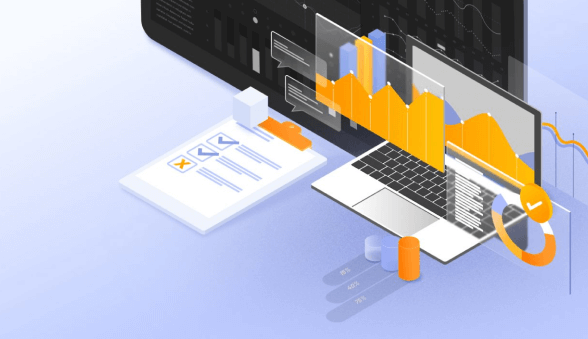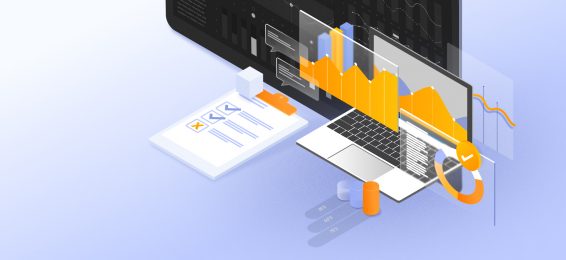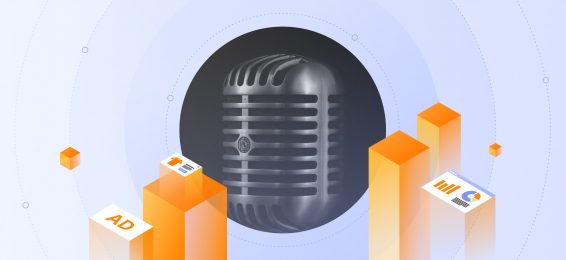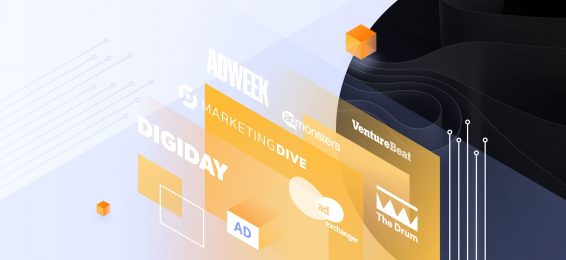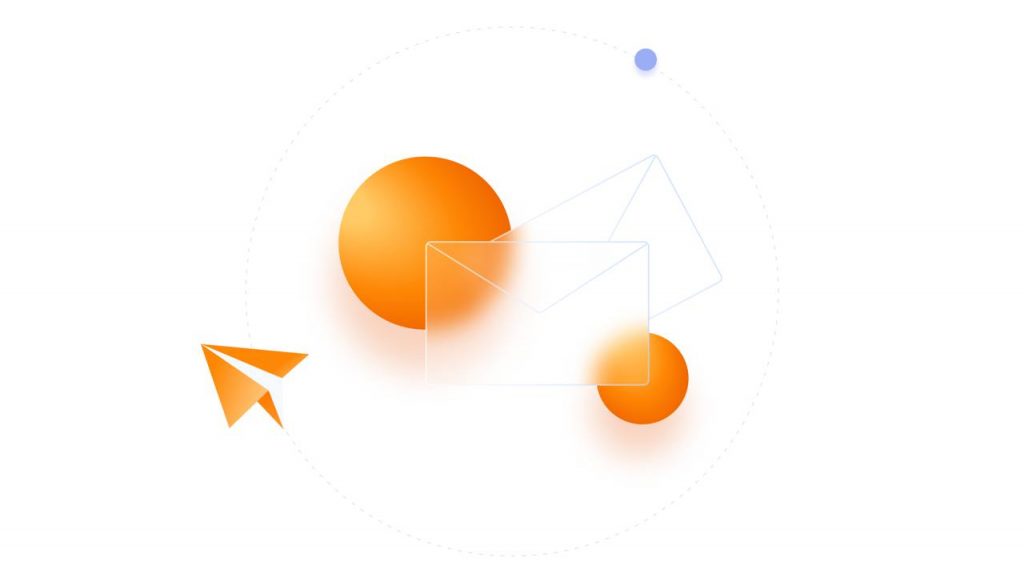Advanced analytics tools
Four categories of methods are used for advanced analytics. Understanding the differences between these approaches is essential to choosing the optimal subset for your use case.
Diagnostic analytics
This subset of advanced analytics relies on data to understand the causes and correlations between events. This process involves formulating and testing hypotheses, distinguishing causation and correlation, and using statistical techniques like diagnostic regression analysis.
Multiple industries rely on diagnostic analytics for decision-making:
- Advanced analytics in retail and CPG: understanding the correlation between the attributes of a target audience and shopping behavior
- Manufacturing: identifying the causes of equipment failure
- Healthcare: detect common causes of patient readmissions
- Marketing and advertising: understanding the reasons behind poor campaign performance
Predictive analytics
Predictive analytics leverage historical data to create informed predictions of the future. This subset of advanced analytics enables a variety of use cases.
- Fraud detection in fintech
- Estimating campaign performance in advertising and marketing
- Risk assessment in insurance
- Machine breakdown prevention in manufacturing.
Descriptive analytics
Descriptive analytics tools help companies derive insights from past operations, determining which actions and decisions brought about the highest returns.
Here are a few promising use cases for descriptive analytics.
- Discovering year-on-year growth trends
- Understanding the number of subscribers and revenue per subscriber for digital media channels
- Tracking employee productivity and pinpointing growth areas
Prescriptive analytics
Prescriptive analytics integrates the insights derived from predictive, descriptive, and diagnostic analytics to offer teams actionable strategies that help reach specific goals (e.g. increasing the number of paying users, improving customer retention, and reducing operating costs).
Predictive analytics are often used in highly specialized domains like healthcare, security, or finance. Here are a few use cases where this analytics subset enables intelligent decision-making.
- Lead scoring in sales.
- Algorithmic content recommendations for media
- Investment decisions in finance and venture capital
Tools used for advanced analytics
Data analysts use different tools and techniques for advanced analytics.
Let’s examine standard approaches that enable diagnostic, descriptive, predictive, and prescriptive analytics.
- Cluster analytics: grouping data points based on shared properties.
- Cohort analytics: dividing large data volumes into smaller segments and tracking changes in each cohort over time.
- Association rule mining: determining relationships between variables to predict related events (e.g., if users buy product A on a retailer website, they will likely purchase product B next).
- Anomaly detection: detecting outliers in a range of data points and flagging them as anomalies.
What is an advanced analytics platform?
Leading consulting and business intelligence companies offer integrated advanced analytics solutions that combine cluster analysis, anomaly detection, data mining, and other methods to help teams discover industry-specific insights and make informed decisions. Accenture Insights Platform is an example of such a platform.
If you want deeper insights in healthcare, finance, retail, CPG, advertising, or manufacturing, build a team of skilled data analysts, data scientists, and data engineers to develop a custom advanced analytics platform tailored to your company’s needs.
Get in touch with Xenoss engineers to discuss your project and learn more about our track record in advanced analytics.
